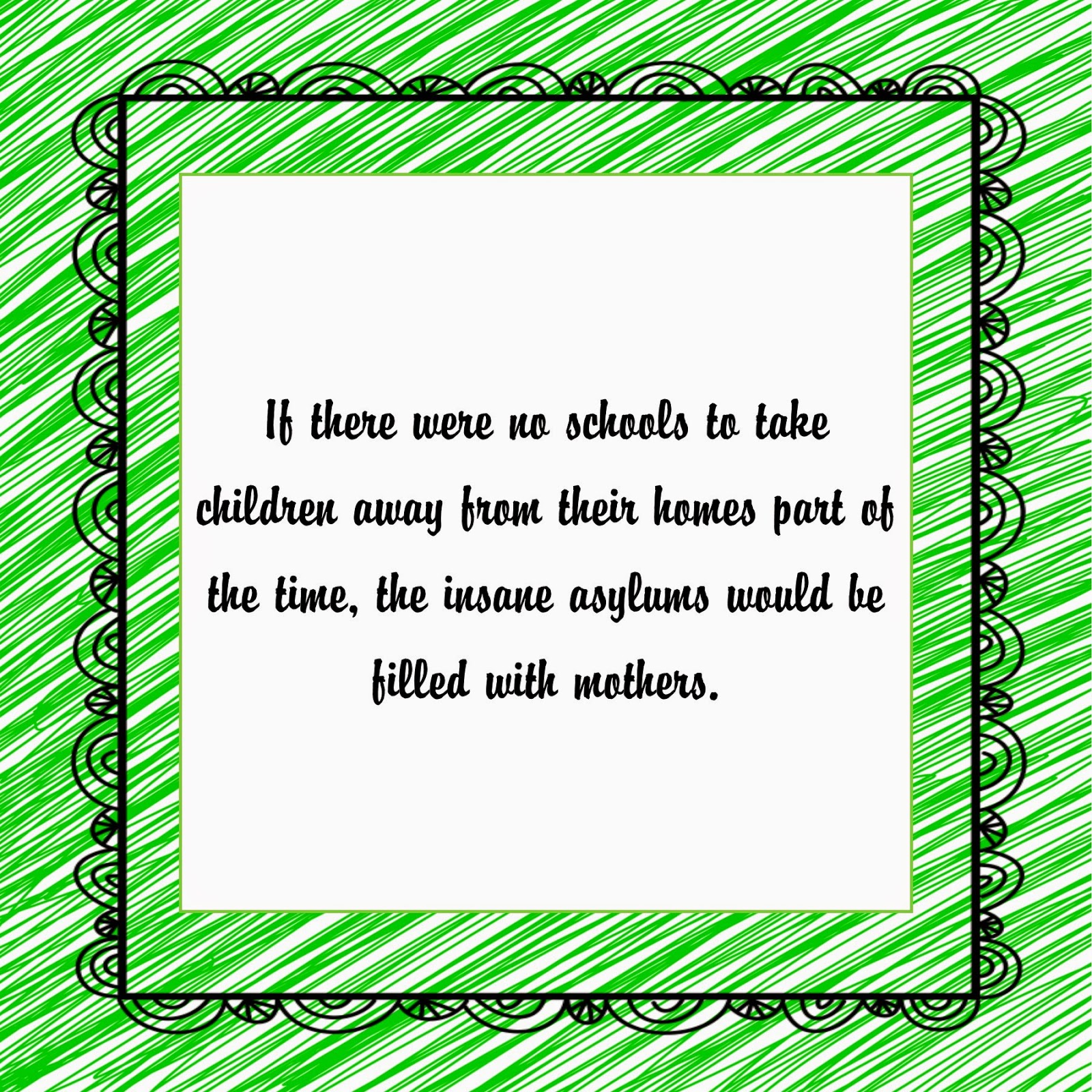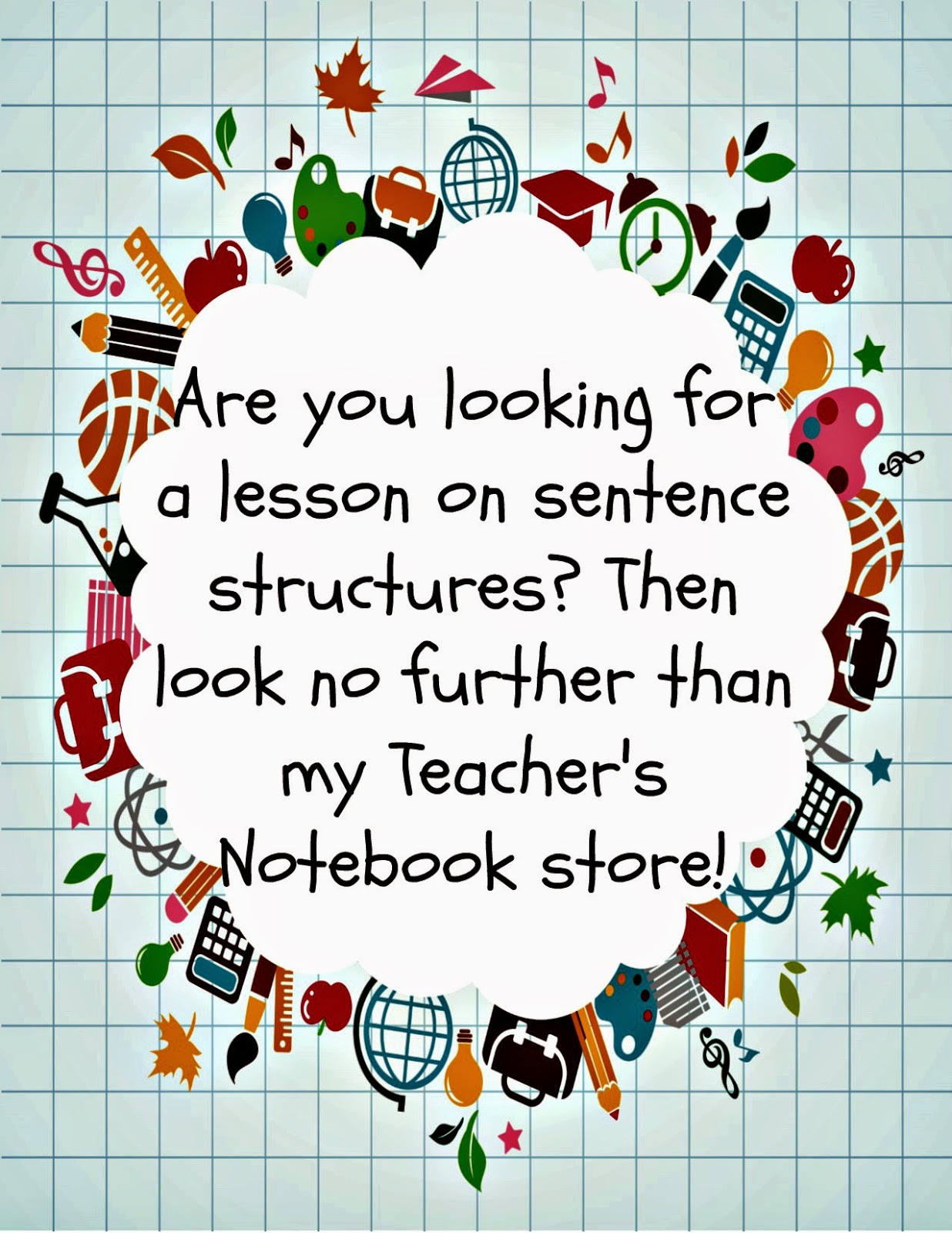Invite Your Students to Write

I teach writing to sixth graders. Just the sound of it sounds like I want to torture both myself and eleven-year-olds. While most of my students enter the task of writing with reluctance (and some major rolling of eyes), I try not to take it personally. Instead, I extend an invitation to my students to write everyday. Here is the way that I extend my invitation: Have a positive attitude or we're all going to be miserable. Be receptive to new ideas, techniques, and strategies to gain confidence in your writing. Seek out help from your classmates, teachers, older siblings, friends...get help anywhere that you can. Respect everyone's ideas and they will respect yours. Practice...write everyday. I don't plan on turning every child into a professional writer, but I do I want them to accept my invitation and grow as authors.





